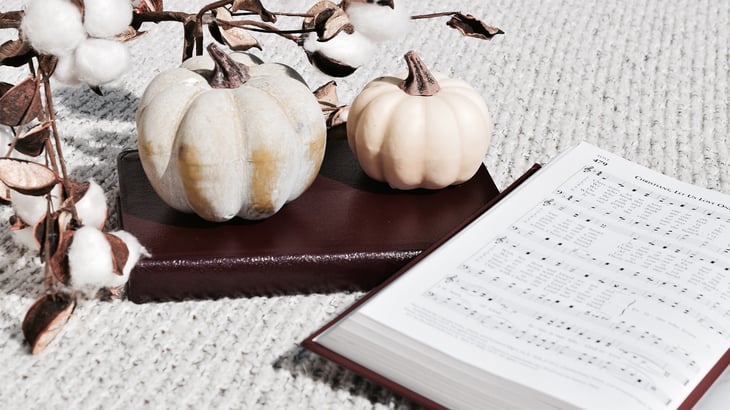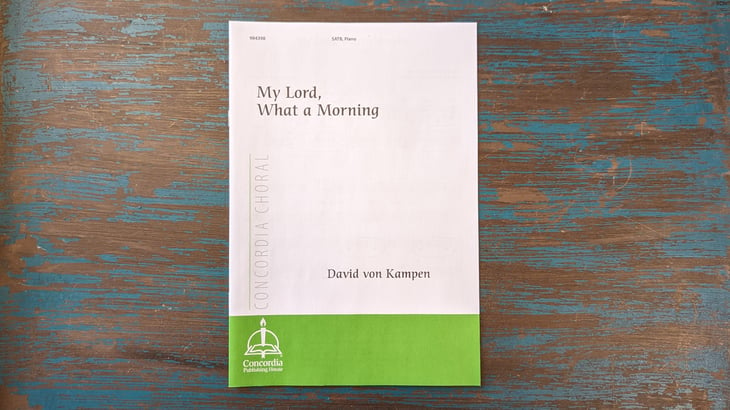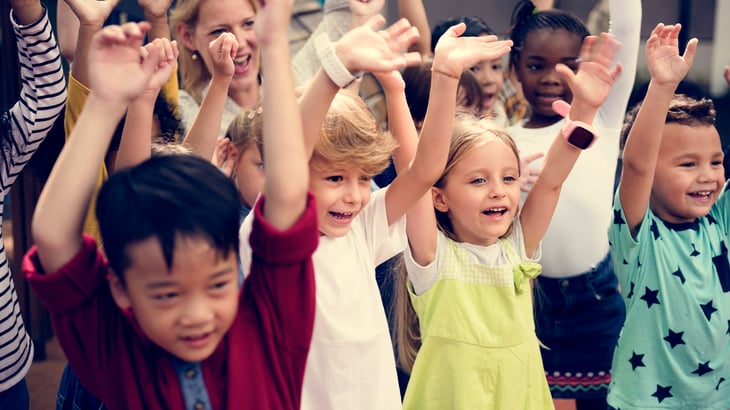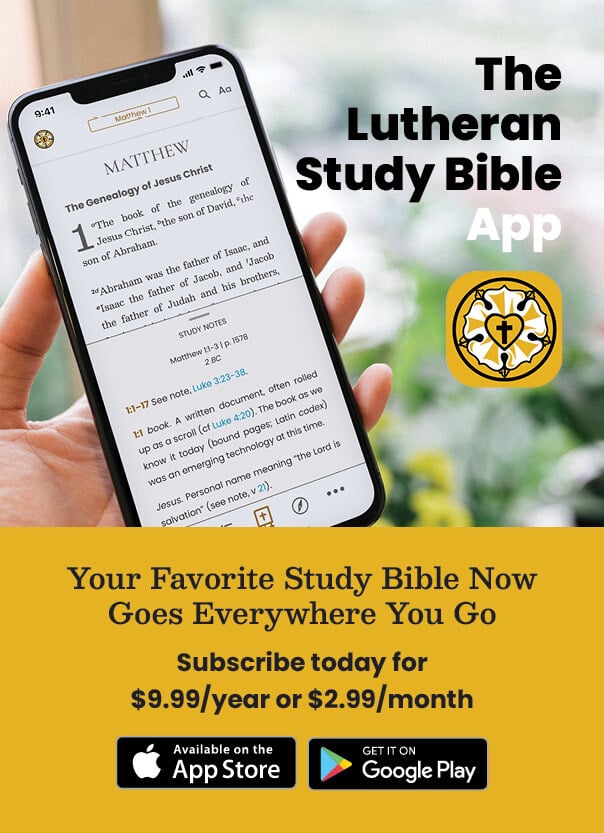Top Children’s Hymns for Christmas
It’s that time of year: the weather has gotten colder, the lights have gone up, and the Christmas music has been playing for some time now. It’s a season of celebration, especially the celebration of the birth of Christ, our Savior come to earth. At this point, your children or students are antsy for the festivities to begin and to open their presents. But before that, take this time to remind them of the greatest gift we have ever received, the gift of God’s Son, born for us. Here are our top children’s hymns for Christmas from One and All Rejoice to encourage the children in your life in their worship of Jesus.
Music of the Month: Christmas Impressions, Set 2
Enhance your Christmas worship services with these five preludes by William H. Bates. Driving rhythmic passages, harmonic sequences, and imaginative counterpoints shore up the distinctive character of each tune.
Pausing for Peace: Advent for Instrumentalists
It happens every year. The evenings grow darker as the weeks pass, and we all look longingly out the windows of work or school, counting down dwindling days until Christmas break. We admire the already-strung Christmas lights and cue up nostalgic movies. All these cultural signifiers shout “Christmas is coming!” And so we prepare our pantries, our gift wrap, and our front yards.
Top Children’s Hymns for Advent
The celebration of the birth of our Savior, Jesus Christ, is fast approaching, and with it comes an abundance of music. It’s easy to bypass Advent and skip ahead to Christmas. But Advent is a crucial time of reflection inwardly as we prepare for the Prince of Peace and what His birth means for believers. Music is just one of the many ways in which you can share about Jesus and reflect on why Advent is an important part of our Church Year. Here are our top children’s hymns for Advent to add to the mix of music your children or students will hear.
Music of the Month: Jesus, Jesus, Rest Your Head
Ralph C. Schultz offers us this Appalachian folk song that proclaims the birth of Jesus. The beauty of the song is placed in an accessible setting for SAB choir with a descant for C or B-flat instruments. The music supports the events leading back to the memorable refrain.
The Stories behind Your Favorite Reformation Hymns
Why have certain hymns grown to be synonymous with the Reformation? With these excerpts from Eternal Anthems and Companion to the Hymns, you’re invited to journey through the contexts of some of these Reformation favorites.
Music of the Month: Built on the Rock by Wayne L. Wold
Each movement of this five-movement partita, Built on the Rock: Partita on “Kirken den er et gammelt hus,” can be used separately at various points in a worship service, or they can be used all together for a lengthier prelude or concert piece. Of medium difficulty, each movement was inspired by a particular phrase in the hymn text.
Vespers and Evening Hymns
The historic church used to partake in a set of daily services called the Daily Office. This kept people connected to God and in community with His Word throughout their working lives. While most churches do not observe these Daily Offices today, we still retain their settings, and they are certainly beneficial to incorporate into the life of the church, devotions with family, or other settings. Today, we look at the order of Vespers and some appropriate hymns to accompany it. The following has been adapted from Lutheran Service Book: Companion to the Services and Lutheran Service Book: Companion to the Hymns.
Music of the Month: My Lord, What a Morning
David von Kampen has set this anthem for End Times or Advent for SATB choir and piano. It begins with unison choir on the first refrain and moves to SATB in the first verse. The piece closes with a quiet unison phrase. This is sure to become a choir favorite!
Children’s Music for the Worship Service
Jesus cherished children in a special way throughout His ministry on earth, which we are reminded of in His words “Let the little children come to Me and do not hinder them, for to such belongs the kingdom of heaven” in Matthew 19:14 and “Out of the mouth of infants and nursing babies You have prepared praise” in Matthew 21:16. Involving and connecting with children in your congregation is an important way to value these young people that Jesus tells us are so precious. One of the most accessible (and most fun) ways to involve kids in the church service is through worship. Read on to discover the top children’s music arrangements to integrate into your church’s worship services.





.jpg?width=50&height=50&name=IMG_20220621_160541_456%20(1).jpg)















